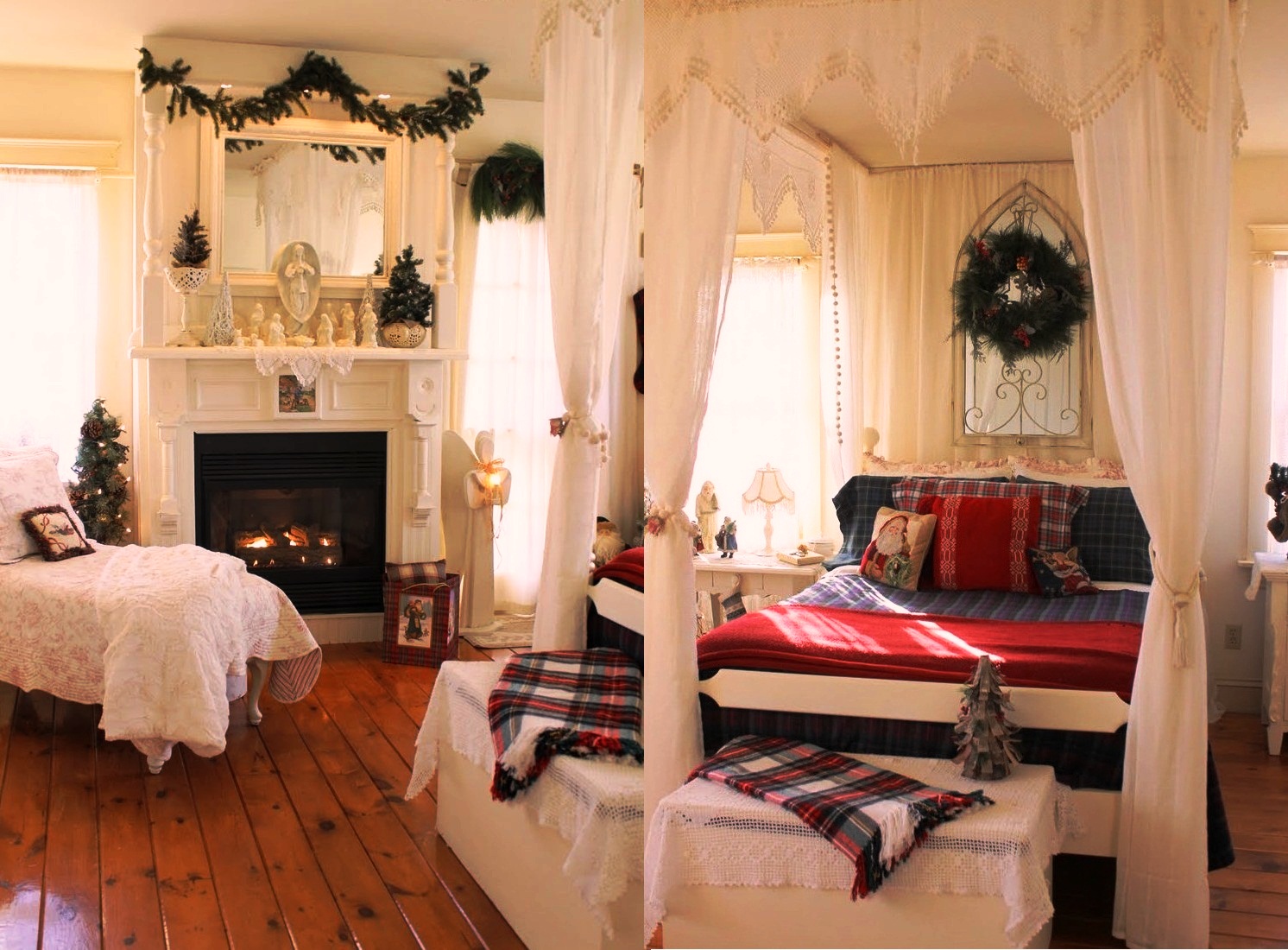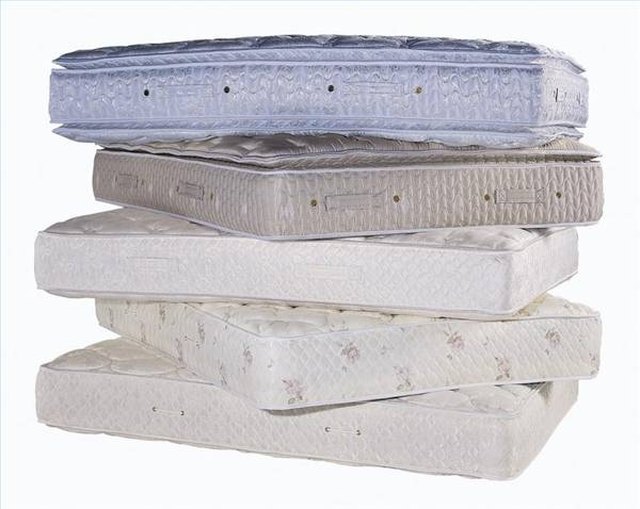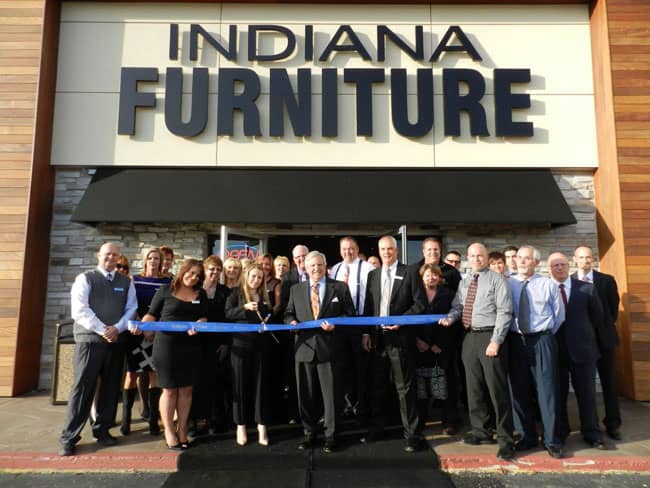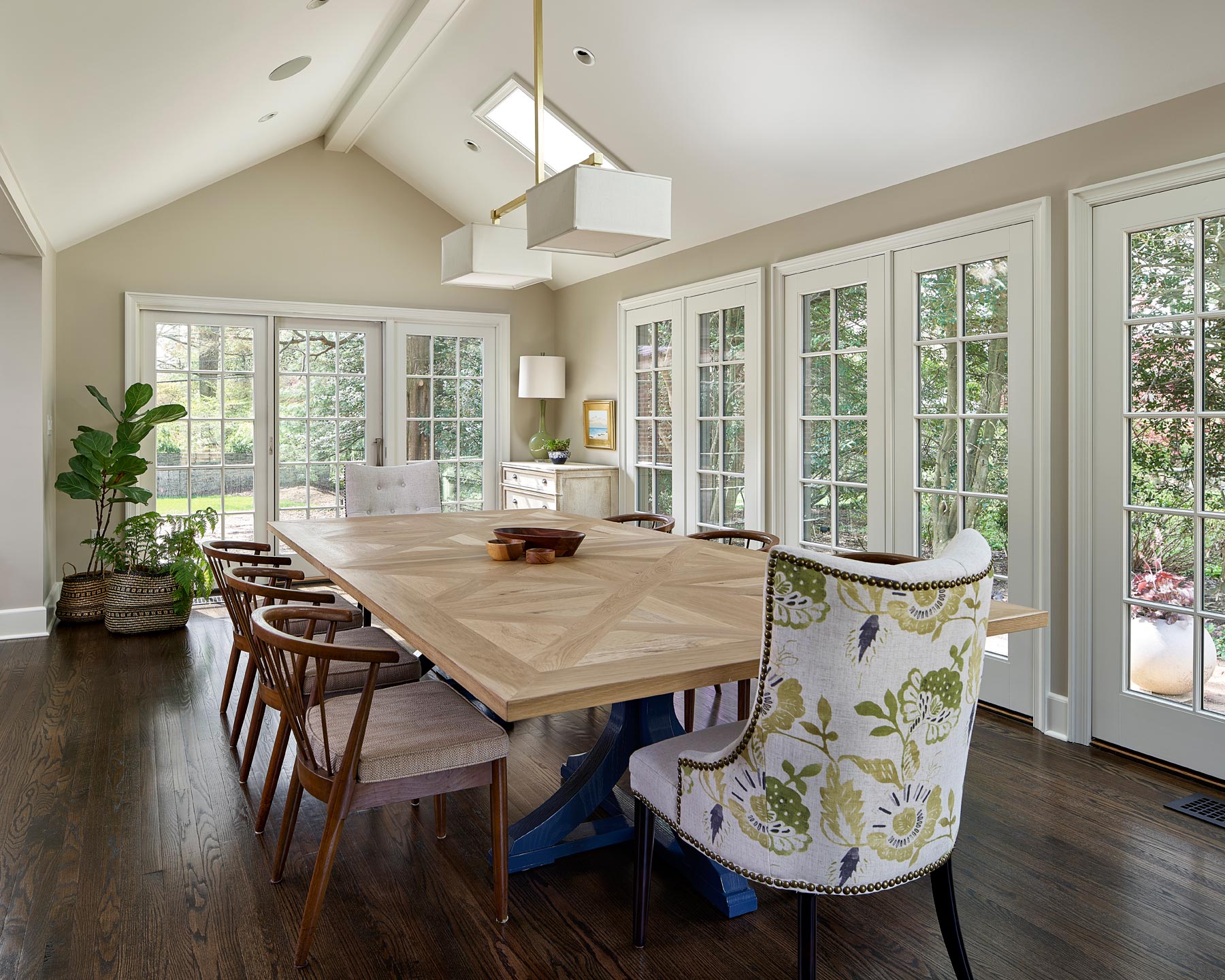When it comes to a poor kitchen design, one of the first things that comes to mind is inadequate counter space. Whether you have a small kitchen or just poor layout planning, not having enough counter space can greatly hinder your ability to prepare meals and store kitchen essentials. Counter space is an essential component of any kitchen, providing the space you need for meal prep, cooking, and organizing your kitchen tools and appliances.
Without enough counter space, you may find yourself struggling to chop vegetables, mix ingredients, or even set down a hot pot. It can also lead to a cluttered and disorganized kitchen, as you try to make do with a limited workspace. This can negatively impact your overall cooking experience and make even simple tasks feel like a hassle.
Inadequate counter space
Good lighting is crucial in any kitchen, yet it's often overlooked in poor kitchen designs. Poor lighting can greatly affect the functionality and atmosphere of a kitchen. Dim or inadequate lighting can make it difficult to see while cooking, increasing the risk of accidents and creating a less inviting space to spend time in. It can also make it challenging to accurately assess the colors and textures of your food, leading to less than desirable results in your cooking and baking.
On the other hand, overhead lighting that is too bright can create harsh glare and cast unappealing shadows, making it uncomfortable to work in the kitchen for extended periods of time. Not to mention, it can also increase your energy costs. A well-lit kitchen should have a balance of natural and artificial lighting, along with task lighting in specific areas such as above the stove and sink.
Poor lighting
A lack of adequate storage options is a common problem in poor kitchen designs. Without proper storage, your kitchen can quickly become cluttered and disorganized, making it difficult to find what you need when you need it. Poor storage options can also result in wasted space and make it challenging to keep your kitchen clean and tidy.
Some examples of limited storage options in a poor kitchen design include insufficient cabinet space, lack of pantry storage, or absence of dedicated storage for kitchen tools and appliances. This not only affects the functionality of your kitchen but can also impact the overall aesthetic and value of your home.
Limited storage options
A poor kitchen layout can make it difficult to move around and perform tasks efficiently. An inconvenient layout can also affect the flow of your kitchen and create unnecessary obstacles in your cooking routine. For example, having the sink or refrigerator too far from the stove can lead to a lot of back and forth, wasting time and energy.
In addition, a poorly designed layout can also lead to a lack of counter space and storage options, making it difficult to maintain an organized and functional kitchen. When designing or renovating a kitchen, it's crucial to consider the layout and make the most out of the available space to create a functional and efficient cooking environment.
Inconvenient layout
Poor ventilation in a kitchen can lead to a range of issues, from foul odors to potential health hazards. Kitchen ventilation is essential for removing excess moisture, smoke, and cooking fumes, which can cause mold growth, respiratory problems, and other health issues if left unchecked.
A lack of ventilation can also result in a greasy and dirty kitchen, as the air is unable to circulate and properly filter out cooking byproducts. Not to mention, it can also cause your food to taste and smell unpleasant. To avoid these issues, it's essential to have proper ventilation in your kitchen, whether through a range hood, exhaust fan, or open windows.
Lack of ventilation
Another aspect of a poor kitchen design is outdated appliances. Inefficient or outdated appliances can not only hinder your cooking experience but also increase energy costs and lower the value of your home. Older appliances may lack essential features and technology that can make cooking and cleaning easier and more efficient.
Additionally, they may consume more energy, resulting in higher utility bills. With advancements in technology, there are now many options for energy-efficient and smart appliances that can greatly improve the functionality and aesthetics of your kitchen.
Outdated appliances
Similar to inadequate counter space, insufficient workspace also greatly affects the functionality of a kitchen. Having a limited amount of workspace can make it difficult to prepare meals, especially when cooking for a larger group or hosting a dinner party.
Cooking requires a lot of movements, such as chopping, mixing, and plating, and having a small workspace can severely limit your ability to do so effectively. It can also make it challenging to keep your kitchen organized and clean, as you constantly have to move things around to make space.
Insufficient workspace
A cluttered and disorganized kitchen is not only an eyesore but also a hazard. When counters are filled with appliances, utensils, and other kitchen tools, it leaves little room for food preparation and can make it difficult to find what you need. This can add extra time and stress to your cooking experience, as you have to sift through clutter to find the necessary ingredients and tools.
A good kitchen design should include enough storage options to keep countertops clear and organized, creating a more inviting and efficient space.
Cluttered countertops
Functional organization is key to a well-designed kitchen. It ensures that items are stored in a logical and accessible manner, making it easy to find what you need quickly and efficiently. Poor kitchen designs often lack proper organization, resulting in cluttered and disorganized cabinets and drawers.
Without functional organization, you may find yourself struggling to find a specific pot or spice, leading to a delay in cooking and frustration. Incorporating features such as pull-out shelves, drawer dividers, and labeled containers can greatly improve the organization of your kitchen and make your cooking experience more enjoyable.
Lack of functional organization
Lastly, a poor kitchen design may have an inefficient use of available space. This could mean wasted space in cabinets and drawers, poorly designed pantries, or not utilizing vertical space for storage. Inefficient use of space can result in a cluttered and cramped kitchen, making it difficult to move around and prepare meals.
To improve the efficiency of your kitchen, it's important to consider how to make the most out of the available space. This could mean adding shelves or organizers to cabinets, utilizing wall space for hanging storage, or incorporating a multifunctional island to create more workspace and storage options.
Inefficient use of space
The Costly Effects of Poor Kitchen Design on Your Home

Poor kitchen design can have a major impact on your home, not just aesthetically but also financially. The kitchen is often referred to as the heart of the home, and for good reason. It's where we gather with family and friends, prepare meals, and create lasting memories. However, when the kitchen is poorly designed, it can lead to a frustrating and stressful experience. Moreover, it can also end up costing you a significant amount of money in the long run. Here are some of the costly effects of poor kitchen design on your home.
1. Decreased Functionality and Efficiency

One of the main purposes of a kitchen is to provide a functional and efficient space for cooking and meal preparation. However, poor kitchen design can greatly hinder this goal. For example, having appliances placed too far apart or in inconvenient locations can make it difficult to cook and move around the kitchen efficiently. This can lead to frustration and wasted time, making cooking and meal preparation a more time-consuming and arduous task.
2. Reduced Home Value

The kitchen is a major focal point in any home, and a poorly designed kitchen can significantly decrease the value of your home. Buyers are often willing to pay more for a home with an updated and well-designed kitchen. On the other hand, a poorly designed kitchen can be a major turnoff and even lower the overall value of your home. This can be a costly mistake for homeowners, as a kitchen is often one of the most used and important rooms in a home.
3. Higher Maintenance and Repair Costs

Poor kitchen design can also lead to higher maintenance and repair costs in the long run. For example, if the layout is not well-planned, it can lead to damage and wear and tear on cabinets, countertops, and flooring. In addition, if the materials used are of poor quality, they may not hold up well over time, leading to the need for frequent repairs or replacements.
4. Energy Inefficiency

Inefficient use of space and poorly chosen appliances can also result in higher energy costs. For example, if your appliances are not placed strategically, they may not allow for proper ventilation, which can lead to higher energy usage and costs. In addition, using outdated or inefficient appliances can also contribute to higher energy bills, making poor kitchen design a costly mistake for homeowners.
5. Health and Safety Concerns

Finally, poor kitchen design can also have a direct impact on the health and safety of your home. For instance, a cramped and cluttered kitchen can lead to accidents and injuries while cooking. In addition, a poorly designed kitchen may not allow for proper ventilation, leading to air pollution and potential hazards, especially if there is a gas stove or other potentially hazardous appliances.
In conclusion, poor kitchen design can have significant and costly effects on your home. It's essential to invest in a well-designed and functional kitchen that not only adds value to your home but also provides a safe and efficient space for you and your family. Don't make the mistake of cutting corners when it comes to kitchen design, as it can end up costing you much more in the long run.






























































































